Jun 11, 2014 | design, illustration

“Policarpio,” 2010: “Policarpio is a little swimmer birdie who is visited by his 3 fairy godmothers …”
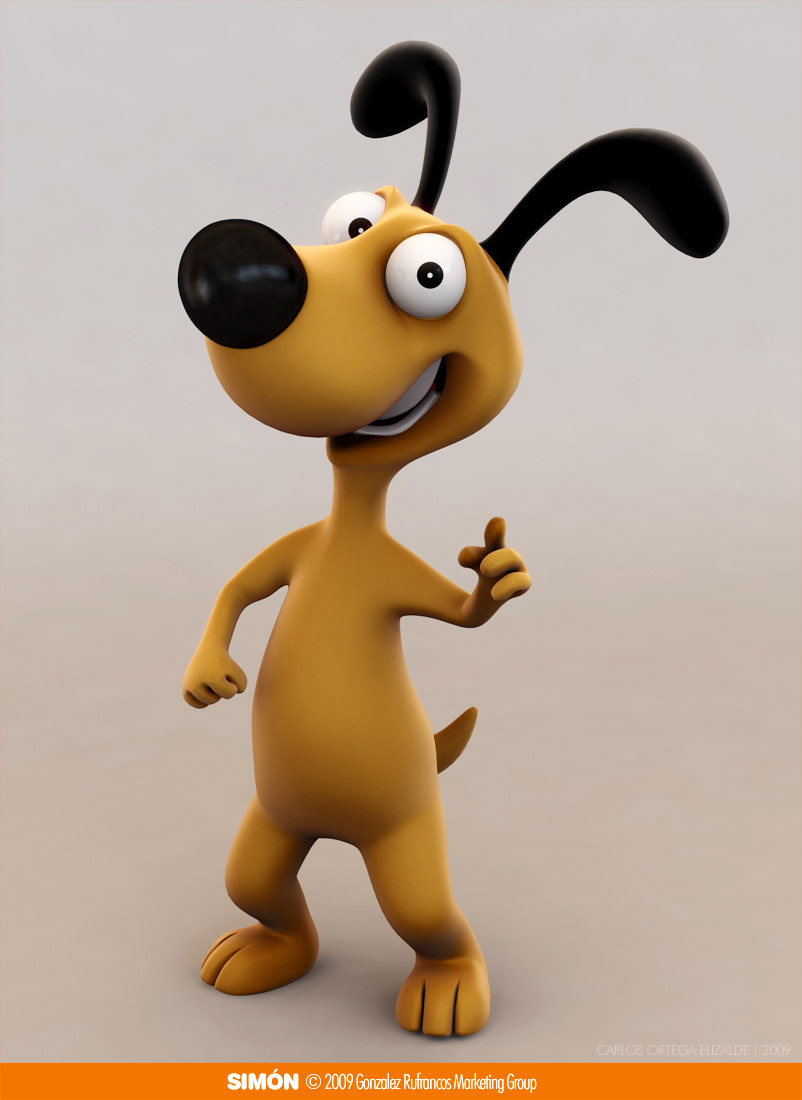
“Simon The Dog,” 2009: Character modeled for a marketing agency.
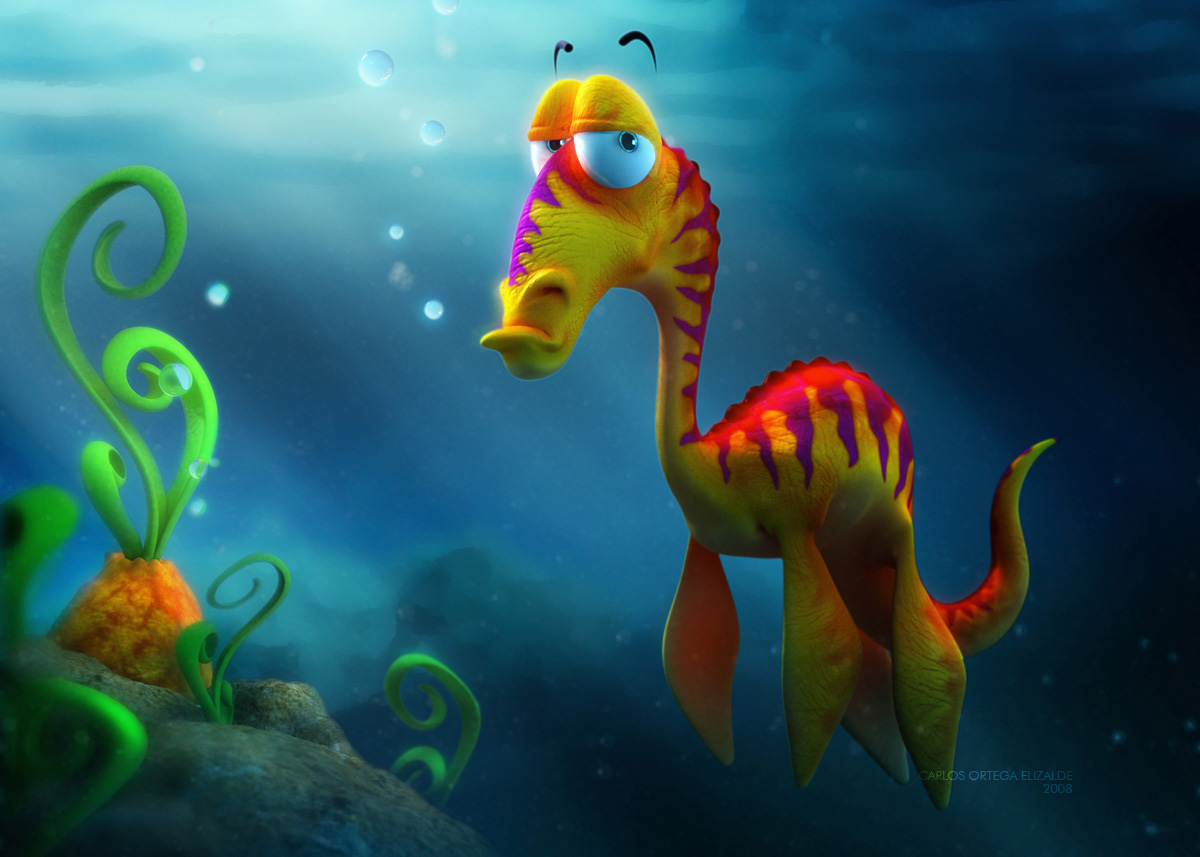
“Erasmo the plesiosaur,” 2008: “I created this character for a challenge at 3DTotal.com. My concept was simple: to make a cute and colorful animal with a grumpy and annoyed attitude.”

“Quetzalcoatl’s Rage,” 2008: “The aztec god Quetzalcoatl waking up in his stone body and facing the enemy, waiting for the battle…”
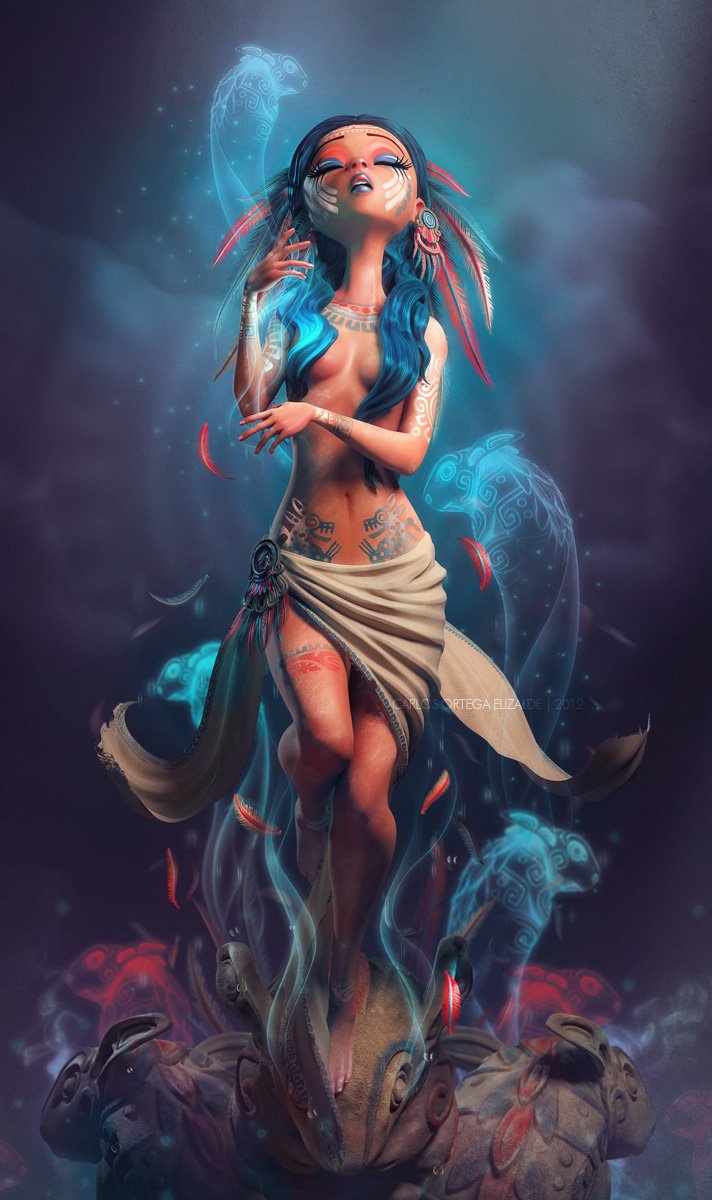
“The Weeping Woman,” 2012: “Created for the Collective Exhibition in Mexico: “Ilustrando para” as homage for the mexican Rock Band ‘Caifanes'”
Spunky animals take on personalities to match in Carlos Ortega‘s 3D artwork. Similar in style to Pixar movies and Frozen, his women have teeny tiny button noses and huge almond eyes that rest in their perfect round cheeks. But it’s his birds with goggles and imagined sea creatures that open the gates of possibility.
If you’ve seen the 2012 CocaCola short, “Crabs & Penguins,” Carlos designed the soccer-playing penguins in the video!
GD Star Rating
loading...
Jan 28, 2014 | art history, interviews, sculpture
An artist from Athens, Greece, Teodosio Sectio Aurea paints with shadows, using sculpture and light to recreate masterpieces in negative space. He takes us through a tour of art history using different types of sculpture to match each shadow — thick black metal for “Guernica,” a cherry blossom tree forms a woman in “Akina – spring flower,” and DNA beads form the “Vitruvian Man.”
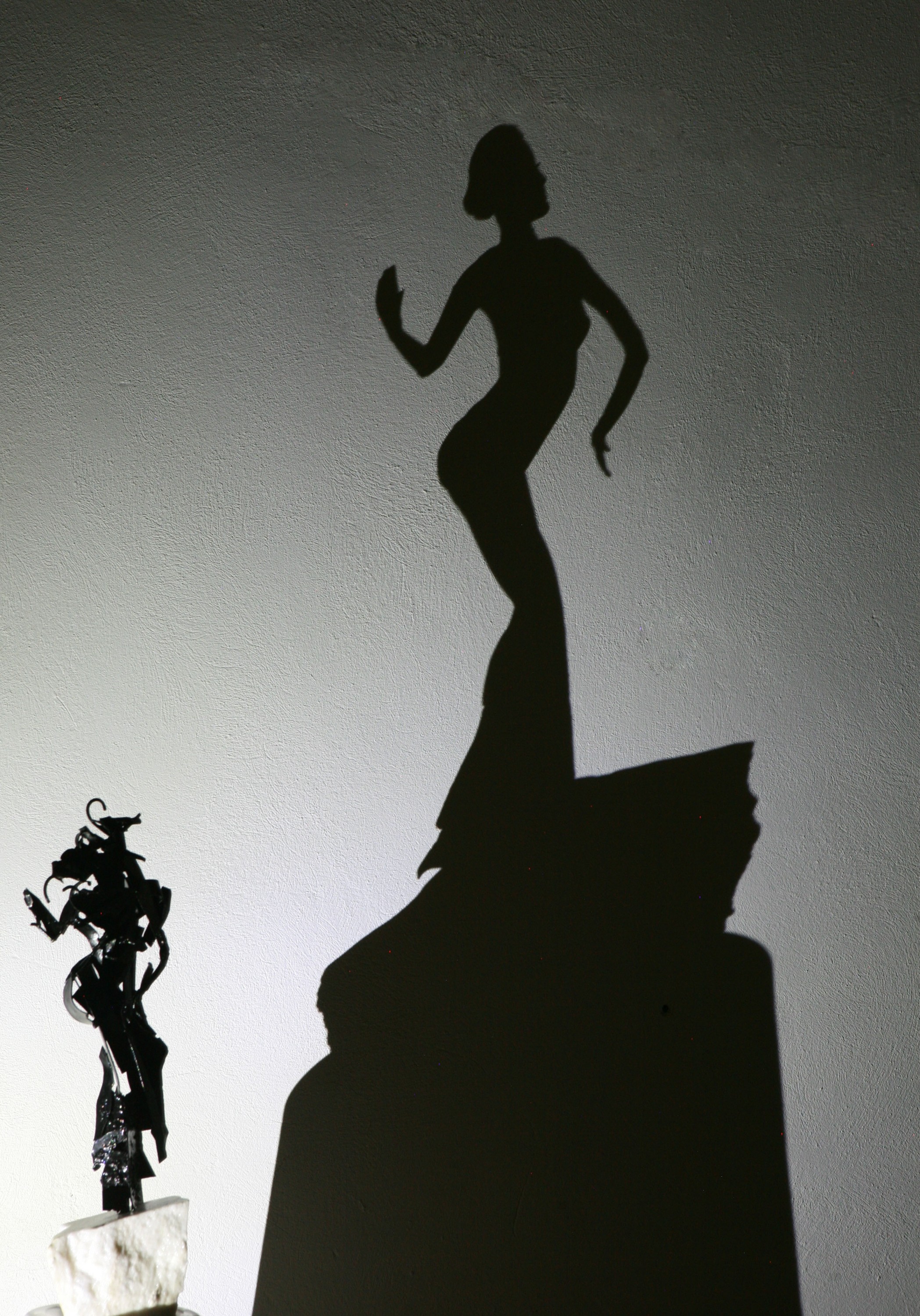
How does living in Athens affect your art?
I am not an Athenian or a Greek, but a citizen of the world. Socrates, from Plutarch said Greece is the most beautiful places on Earth.
When did you first start experimenting with shadow art?
I started my shadows one year ago, I just sort of ”woke up” you know?
How long does it typically take you to work with the negative space?
Some shadows are difficult, but nothing is impossible.
What’s one of your favorite quotes about art?
“In art we trust.”
Who’s are a few of your art idols?
Dali, Pollock, Kandinsky, Da Vinci, and again Dali :)))))




For more of Teodosio Sectio Aurea’s work, see his website and Facebook page.
GD Star Rating
loading...
Oct 24, 2013 | interviews, painting
Ilaria Berenice is an Italian artist who uses color and loose forms to express herself on paper. Her works keep their wet, fluid feel even though the paint has long been dry. Every stroke looks intentional and spontaneous all at once, and the bright colors she uses brings every shape and form to life. She studied anthropology and ethnology at the University of Siena, but didn’t begin painting until traveling through Brazil, Italy and Spain in the early 2000s.
Now, her work has has been exhibited all over Italy and featured in multiple publications including the Spanish critic Eva Minguet Camara’s 2008 book “Ilustraciòn de vanguardia” (“Art illustration”). This past summer Ilaria had a solo exhibition at one of the biggest castles in Europe, at Castel Brando, between Venice and the Dolomites.
When you sit down to complete a portrait, do you already have an idea of how realistic you want to convey the sitter?
When I started to make committed portraits with oil, the goal was to make them as realistic as possible. But when I make them with mixed media, I just catch the glimpse of the soul and personality of the person, or just an aspect, while playing and having fun with the sign between shadows and lights, and strangely enough they look more familiar with the sitter than the realistic ones, to me.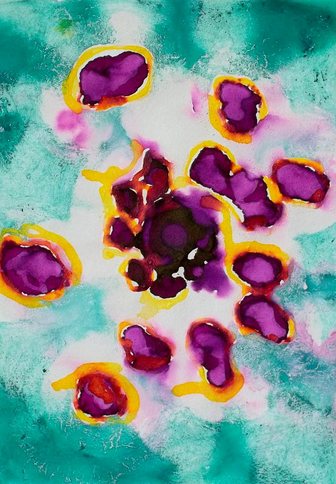
You write that your collection of “Visionary” work is inspired by momentary situations and ideas. Can you tell us the story behind your mixed media work “Venice”?
I love the work “Venice,” overall because is the latest one. Well I just played with stains of blue and green, made of pigments, glue and water, then I let the work on the easel appear whatever. The day after I saw Venice on it, I just allowed what I saw to come out.
What do you use for reference in your anatomy drawings?
I did them last winter at the Brera academy here in Milan where there is a real skeleton. While for the muscles I used pictures, and for the people I used real people, all in the class of the artist and professor Maria Tcholakova.
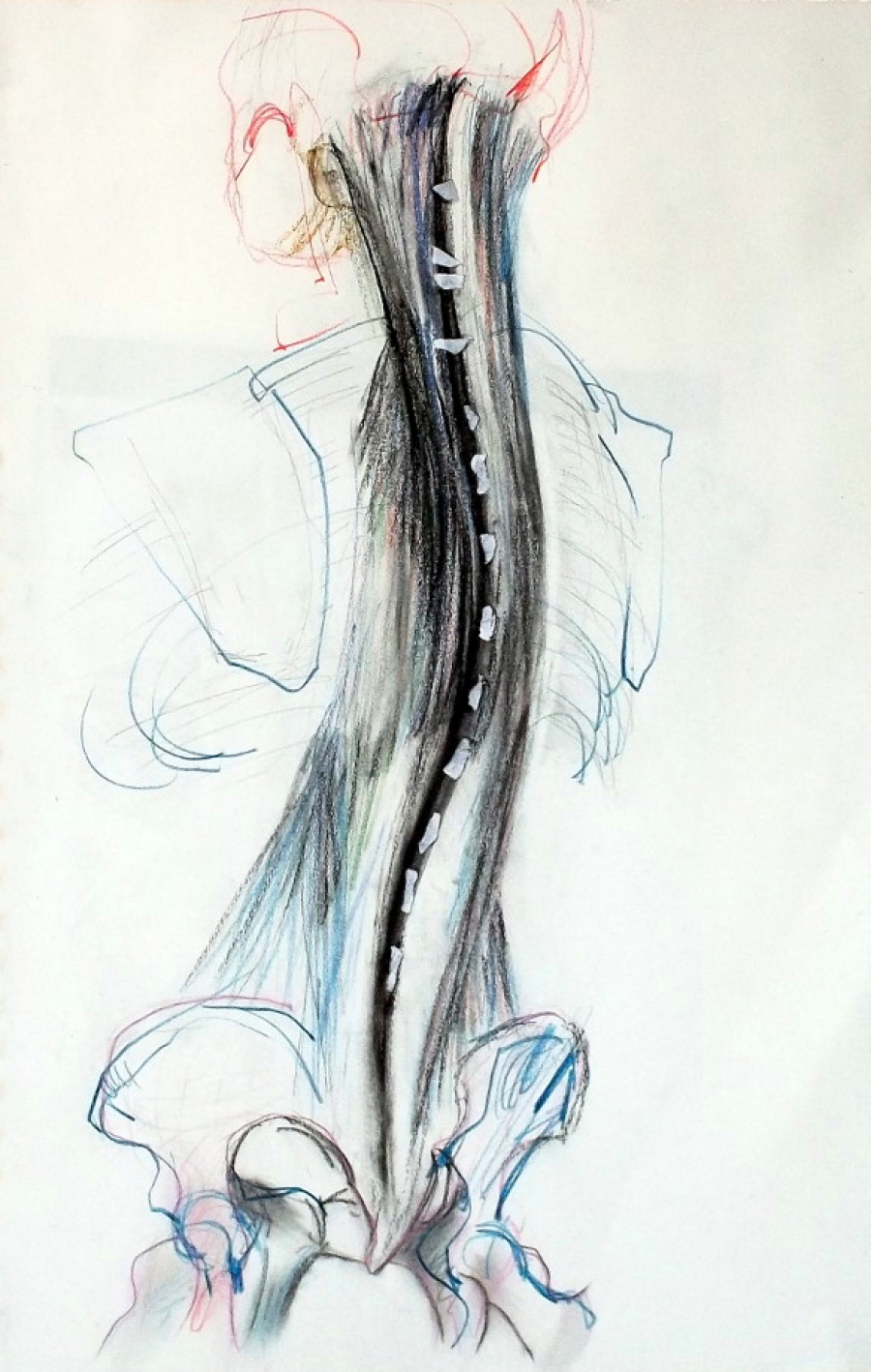
“Anatomy 9,” 28 x 42 cm
Which masters of art are you most inspired by? Are there any modern artists you look up to as well?
As way of proceeding I’m quite independent as I began as self taught, but I read some books along the years that inspired me a lot or that I identified with, especially “Drawing on the Right Side of the Brain” by Betty Edwards, “Concerning the spiritual in art” by Wassily Kandinsky and “Stroke by Stroke” by Henri Michaux. Then last winter I attended the Brera academy in Milan – I knew professors that are great artists also, and I got very inspired by them over all by Barbara Giorgis and Maria Tcholakova, so much that this year I will attend again.
When did you first think of the idea for your Stains series? What do the shapes you paint look like to you?
For the stains I got inspired and started by artist and professor Barbara Giorgis, then of course I developed them in my own way. I just play with colours and shapes and then I let the intuition work for me.
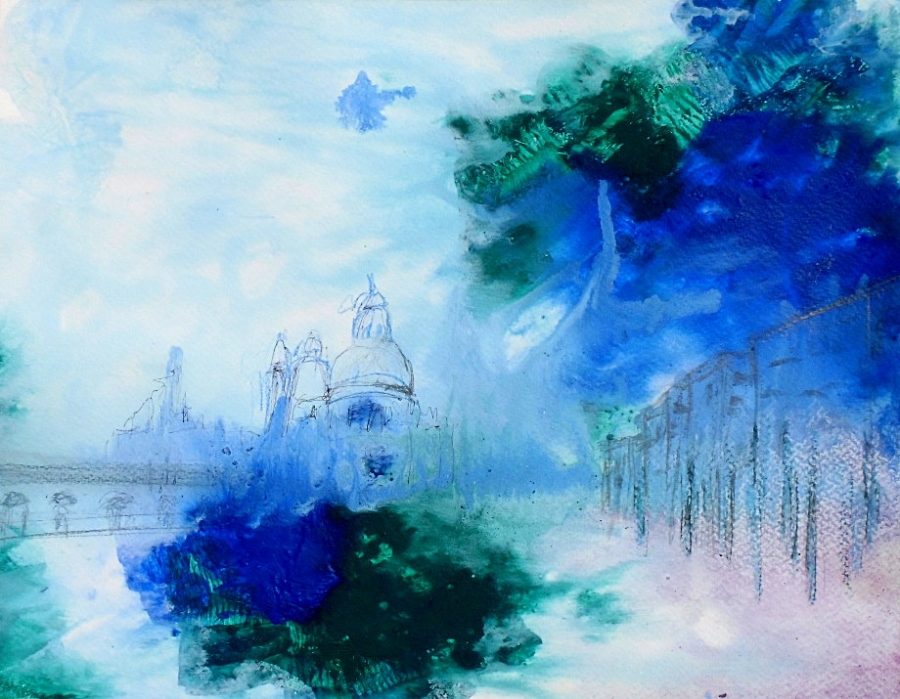
“Venice,” 25 x 35 cm
What’s your earliest memory of creating/painting/drawing?
My great-great father was a painter. He never taught me anything, but when as a child I went to visit, I always found a blank canvas and colors ready to be used in his studio. So without saying anything while the adults chat, I went to his studio and did a painting, it was like a mutually concealed understanding. He appreciated a lot even though he was not a man of many words. Later I stopped painting for many many years, until I started again when I lived in Brazil about at the age of 28, doing lots of collages with founded objects, and later adding on paint.
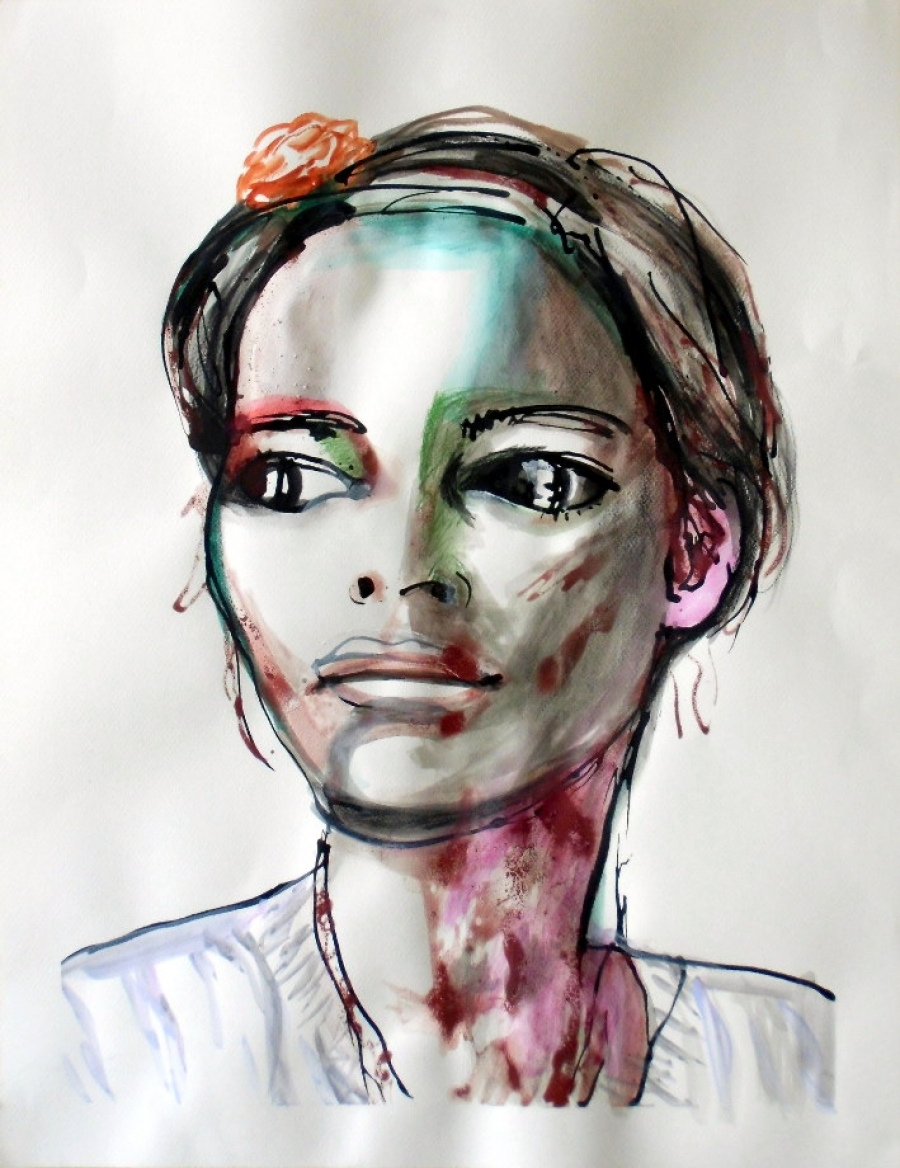
“Self portrait,” 50 x 65 cm
For more of Ilaria’s work, check out her website, and find her on Facebook and Twitter.
GD Star Rating
loading...


















